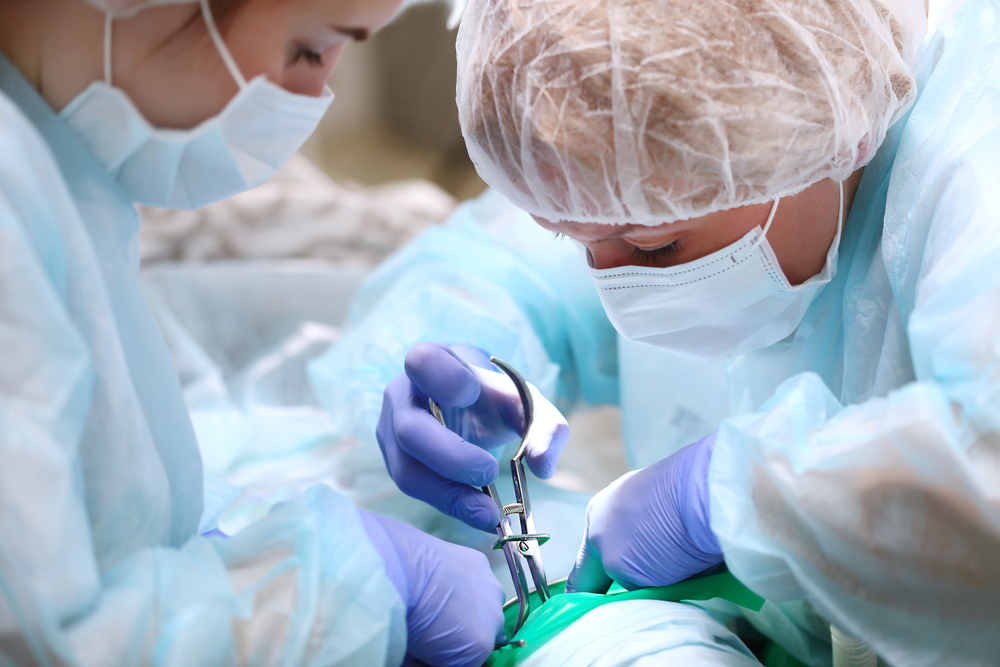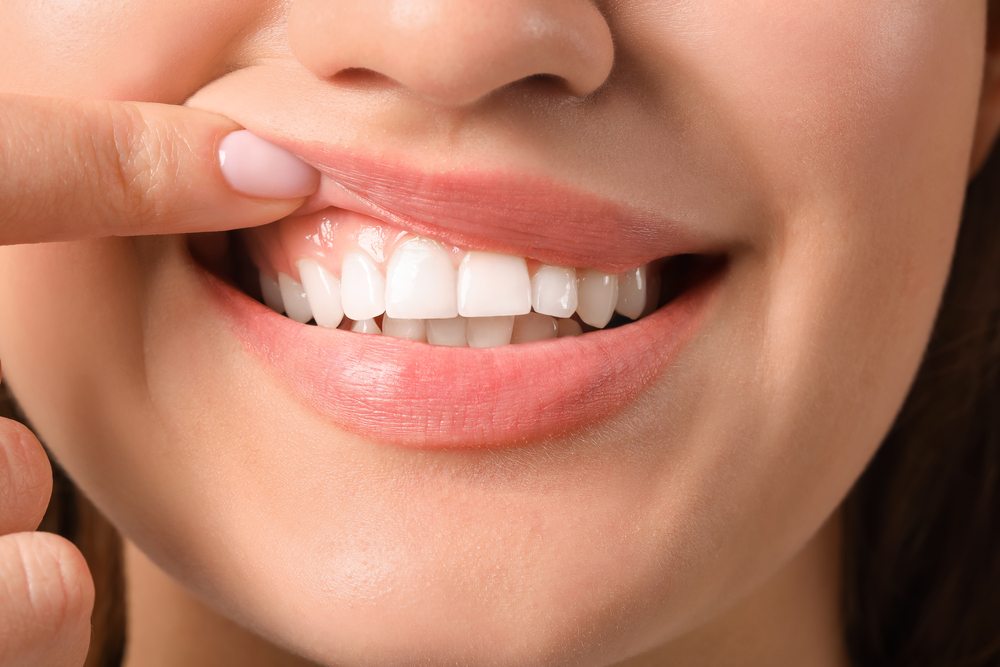For many people, visiting the dentist can trigger feelings of unease—racing thoughts, sweaty palms, or even a racing heartbeat at the mere mention of a dental chair. While dental anxiety is more common than most realise, it doesn’t have to stand in the way of your oral health. At Sunbury Dentist, modern care meets comfort, offering a compassionate approach to ease your worries and make every visit a calm experience.
Understanding Dental Anxiety
Dental anxiety isn’t simply about being nervous. For some, it stems from a fear of pain, needles, or the sounds of dental instruments. For others, it’s past negative experiences or a deep-seated feeling of loss of control. Whatever the cause, this anxiety can lead people to delay or completely avoid dental visits, which often results in more complex oral issues down the line.
Fortunately, dental professionals today are more aware and empathetic than ever before. They recognise that emotional comfort is just as important as physical care. This is where advancements in sleep dentistry come into play—a game-changer for anxious patients who want to look after their smiles without the stress.
The Science Behind a Calm Experience
Sleep dentistry, also known as sedation dentistry, is designed to help patients relax before and during treatment. Whether it’s a simple cleaning or a more complex procedure, sedation can be tailored to suit your needs and comfort level. From mild relaxation to a deeper, dreamlike state, the experience ensures you feel at ease while your dentist works efficiently and safely.
Unlike traditional methods of coping—like white-knuckling through an appointment—this approach rewires the experience entirely. Instead of associating dental visits with tension, patients often describe feeling peaceful and refreshed afterward, with little to no memory of the procedure.
At Sunbury Dentist, the modern answer to dental fear is sleep dentistry — a method that prioritises your emotional wellbeing as much as your oral health. Their trained sedation dentists ensure each step is explained clearly, with safety and comfort leading the way.
What Makes Sleep Dentistry So Effective
Sleep dentistry works by reducing the brain’s response to stress and fear triggers. For example, nitrous oxide (laughing gas) helps you feel relaxed yet alert, while oral or IV sedation induces a deeper state of calm. This flexibility means the experience can be completely customised—ideal for patients with varying levels of anxiety or different treatment needs.
The benefits go beyond comfort. Sedation allows dentists to complete more work in fewer sessions, meaning less time in the chair overall. It also reduces sensitivity, minimises the gag reflex, and helps create a sense of timelessness—patients often feel as though the appointment lasted only minutes.
What sets Sunbury Dentist apart is their gentle approach, advanced technology, and soothing environment. Everything from the waiting room atmosphere to post-care support is thoughtfully designed to help you feel safe and supported throughout your visit.
Reframing Dental Care as Self-Care
Many people view dental visits as something to “get over with.” But with the right approach, they can actually become part of your overall self-care routine. Good oral health contributes to confidence, fresh breath, and even systemic wellness, as the mouth is often a mirror to the body’s general health.
Choosing sleep dentistry doesn’t mean avoiding reality—it means making an empowered choice to care for yourself with kindness. You’re not skipping the dentist; you’re transforming the experience into something nurturing.
Imagine walking out of your appointment feeling refreshed, knowing that your dental health is on track and your anxiety is under control. That sense of achievement and peace can ripple into other parts of your life—helping you face challenges with more ease and confidence.
Taking the First Step Toward Calm
The hardest part of overcoming dental anxiety is often the first call—the moment you reach out for help. But at Sunbury Dentist, that step is met with understanding, not judgment. The team listens to your concerns, explains every detail, and helps you find the right level of sedation for your needs.
It’s a collaborative journey, built on trust and compassion. You’re not expected to simply “get over” your fear overnight. Instead, each visit becomes an opportunity to reshape your relationship with dental care—to feel calmer, more in control, and proud of the progress you’ve made.
In a world where wellness is finally being redefined to include emotional and mental balance, your dental experience should be no different. It’s time to make peace with the dentist’s chair—and with yourself.
Discover practical insights on how to beat anxiety to help you take that first step toward a calmer, healthier smile.












